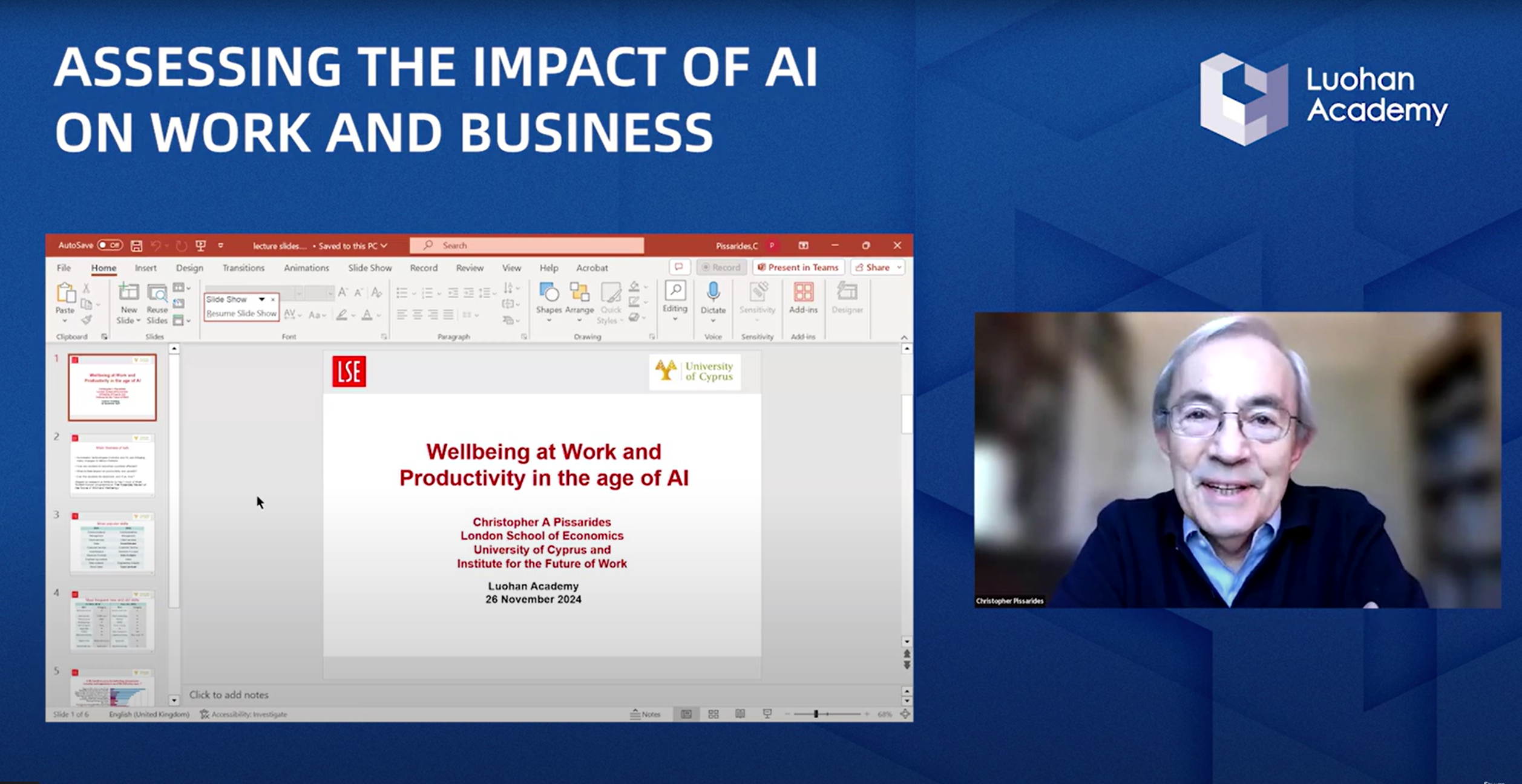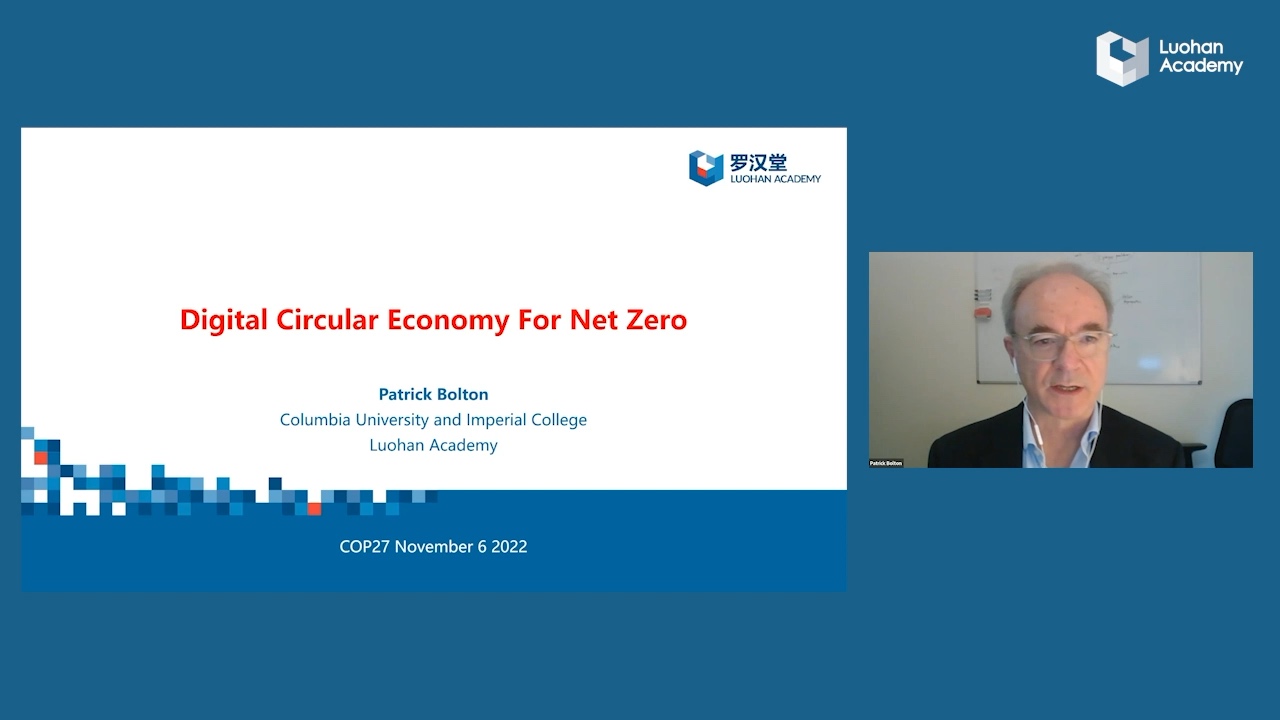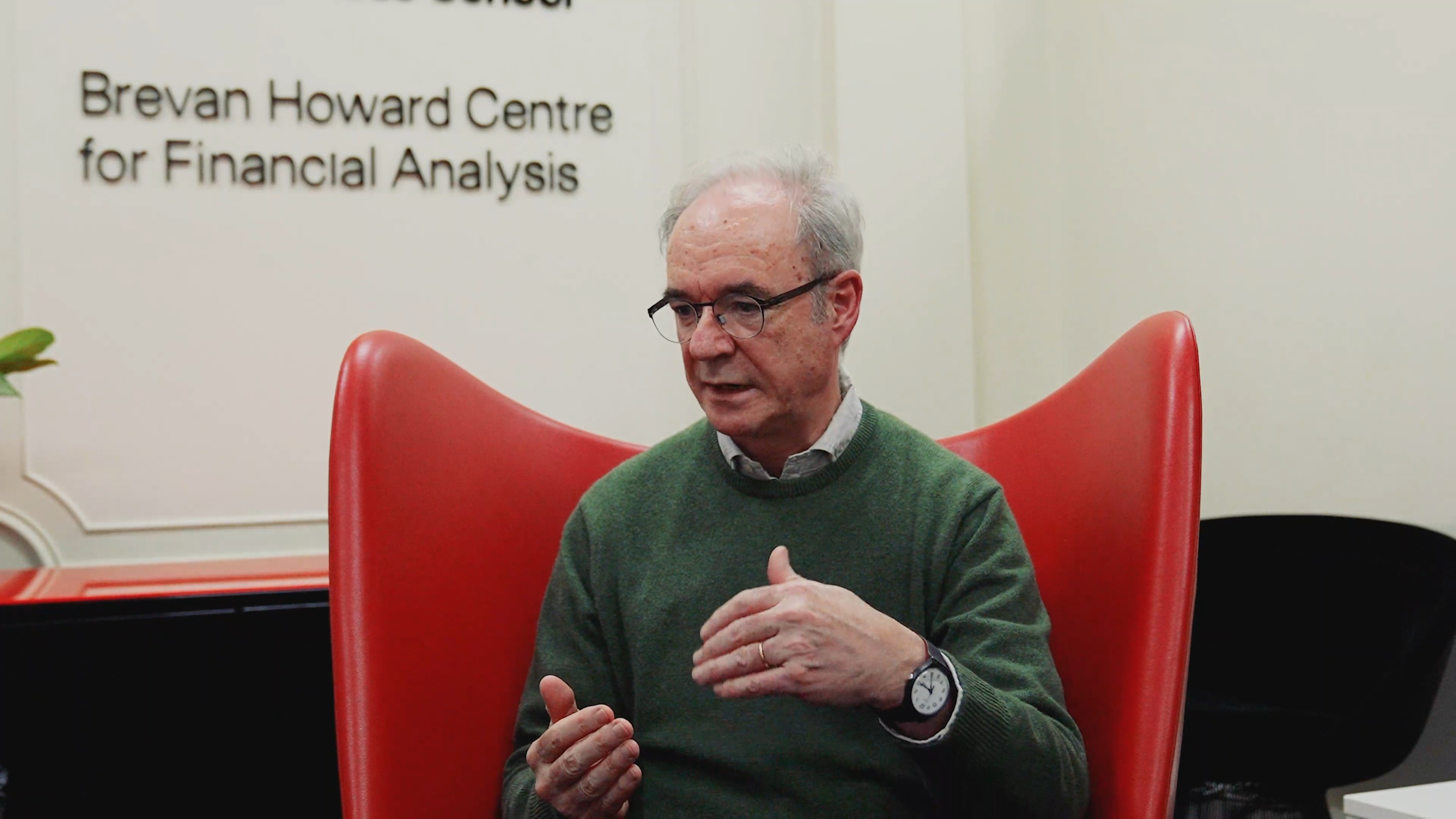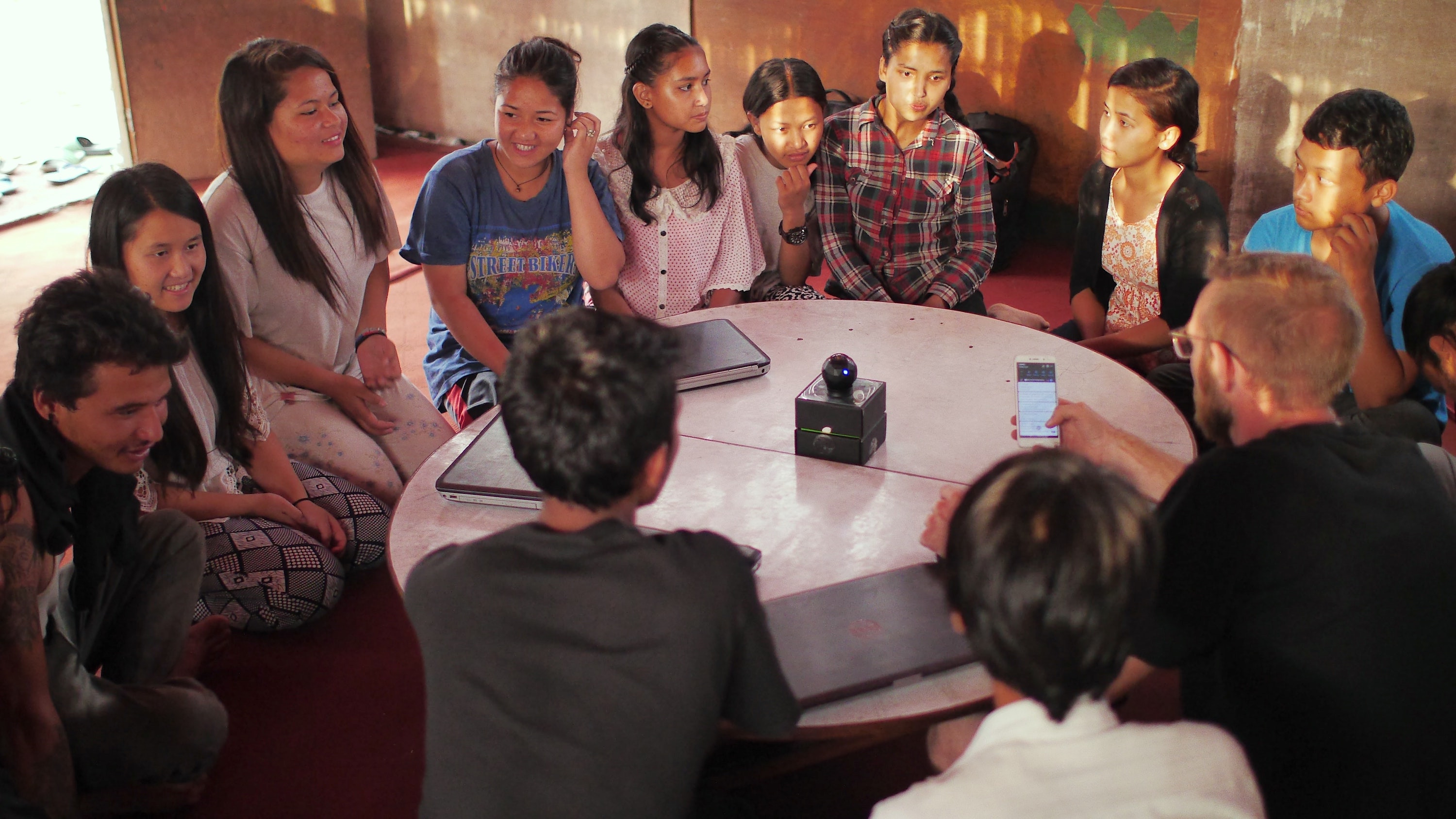Mobility is an essential component of a well-functioning economy; however, the COVID-19 pandemic has severely disrupted this process. To curtail the coronavirus spread, governments have imposed social distancing policies, requiring most people to stay at home and limit trips to crowded areas such as offices and shops. The massive loss of people’s mobility has substantial economic implications, directly and indirectly, and may result in irreversible economic damage. Balancing economic growth and epidemic control is probably the most critical issue for governments to grapple with in the pandemic.
The nature of the pandemic economy, defined by urgency, dynamism, and uncertainty, demands innovative tools to monitor the complex economic systems in more detail in order to help strike a proper balance adaptively. It becomes clear that mobility is the key coupling factor between economy and epidemic. While traditionally mobility data had to be aggregated from various sources from ticketing, toll roads, passenger manifests, to name a few, with the influx of digital data measuring mobility is now easier than ever. Due to the use of digital platforms such as Google Maps, Apple Maps, Baidu Maps and AutoNavi, it is possible to aggregate mobility data to create mobility reports. Many of the largest tech companies, whether Google, Apple, Alibaba, or Baidu have anonymized user information and made these mobility reports open to the public.
We wanted to better understand the impact of the pandemic on the macroeconomy. By leveraging these reports we found a strong correlation between the aggregated loss of mobility of 19 economies and their GDP growth rates in the first quarter of 2020. As more data became available, the analysis was reexamined to see if this trend still holds true. This time we interpreted GDP growth rates (seasonally-adjusted quarter-on-quarter non-annualized rate) from 57 economies worldwide, three times the size of the earlier sample. Three of them, Cyprus, EU and the broader Eurozone, were dropped due to the lack of mobility data. However, the remaining 54 economies, mainly from Europe, North America, and Asia (Figure 1), account for 86.6% of the global GDP in 2018 and roughly half of the worldwide population, including 38 high-income, 13 upper-middle-income, and three lower-middle-income economies (World Bank standard). The low-income and lower-middle-income economies, with almost half of the global population, are most vulnerable to the pandemic economy's compounding shocks but are not well represented in this analysis due to lack of data.
Overall, the result is quite complimentary to the earlier study finding that a loss of mobility highly correlates with an economic downturn. Luohan Academy observed a strong correlation between mobility losses and GDP growth rates among the 54 countries (Fig. 2). The differences between both studies were small. Put plainly, the mobility loss explains close to half (46%) of the variation in GDP growth rates of the 54 economies. Again, even after dropping China, the pattern still holds well (Fig. 3).

Figure 1. GDP growth rates of the 54 economies included in the analysis.

Figure 2. Mobility loss and GDP loss (without China)

Figure 3. Mobility loss and GDP loss (with China)
There are some outliers. The GDP growth rates of Iceland declined substantially more than the economies with a similar level of mobility loss. Coronavirus hits the tourism sector, on which Iceland's economy highly depends. Chile, from the other side of the world, had a 3% increase in GDP in the first quarter. This, however, was compared with Chile’s -4.1% economic performance in the previous quarter due to the long protest and riot, which was halted by the COVID-19 lockdown in mid-March 2020. Soon in the following month of April, the country had a 14% QoQ GDP reduction. Ireland's story is somewhat different. Stable profit flows from multinational companies, such as Apple, Facebook, Google, and GSK, and an increase of net exports of goods and services by almost €1.9 billion in the quarter drove its GDP to increase by 1.2%.
While many economic and non-economic factors contribute to variability in various countries' performance, evidence from more countries also confirms that, in a pandemic economy era and at least during the early pandemic economy phases, mobility stands out as a benchmark indicator. Many of these economies will soon publicize their GDP growth rates in the second quarter. The relationship between the changes in mobility and the economic output becomes intriguing and needs further analysis in the later stages of the pandemic economy.
Nobel laureate and Luohan Academic committee member Michael Spence recently commented on PET, remarking that "the conventional macroeconomic data that are sufficiently out-of-date," various alternative data with real-time accessibility and high frequency are becoming increasingly available to help monitor the health of economies worldwide. [With PET] we can "have a sense of where we are" in the pandemic economy.
Using novel datasets made possible by our digital life, the Luohan Academy Pandemic Economic Tracker or PET not only provides a tool to policymakers and researches to better understand the pandemic economy. But also, might spur research in using unique and digital datasets to better understand the digital economy, the real economy and their interplay.
Feng Wan
Feng Wan is a researcher at Ant Financial’s Luohan Academy. She received her Ph.D. degree in economics at Peking University in July 2020. Before that, she got her bachelor’s degree in statistics at the Central University and Financial Economics. From 2018 to 2019, she was a visiting scholar at UCSD. Her research interest focuses on organizational economics, political economy and the digital economy. In her Ph.D. thesis, she used text analysis to construct a policy preferences index from the government working report and examined whether gender matters in policymaking.
Written by Feng Wan and Wei Liu, edited by Daniel Rosenberg, graphs by Kaiwen Zhang, based on the PET research team’s on-going study of the global pandemic economy.
Please check HERE to access the PET interactive dashboard to visualize and compare the pandemic economy trajectories of 132 countries and regions.
References
Luohan Academy. Measuring and Tracking the Global Pandemic Economy. 2020
Michael Spence and Long Chen. Graphing the Pandemic Economy. Project Syndicate. 2020









